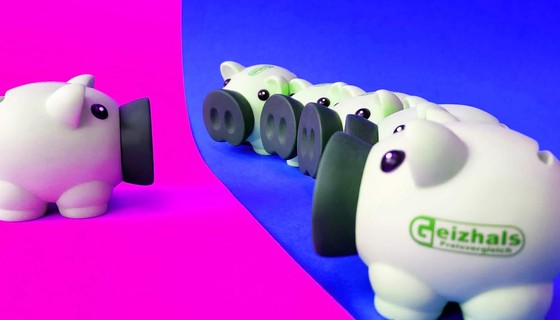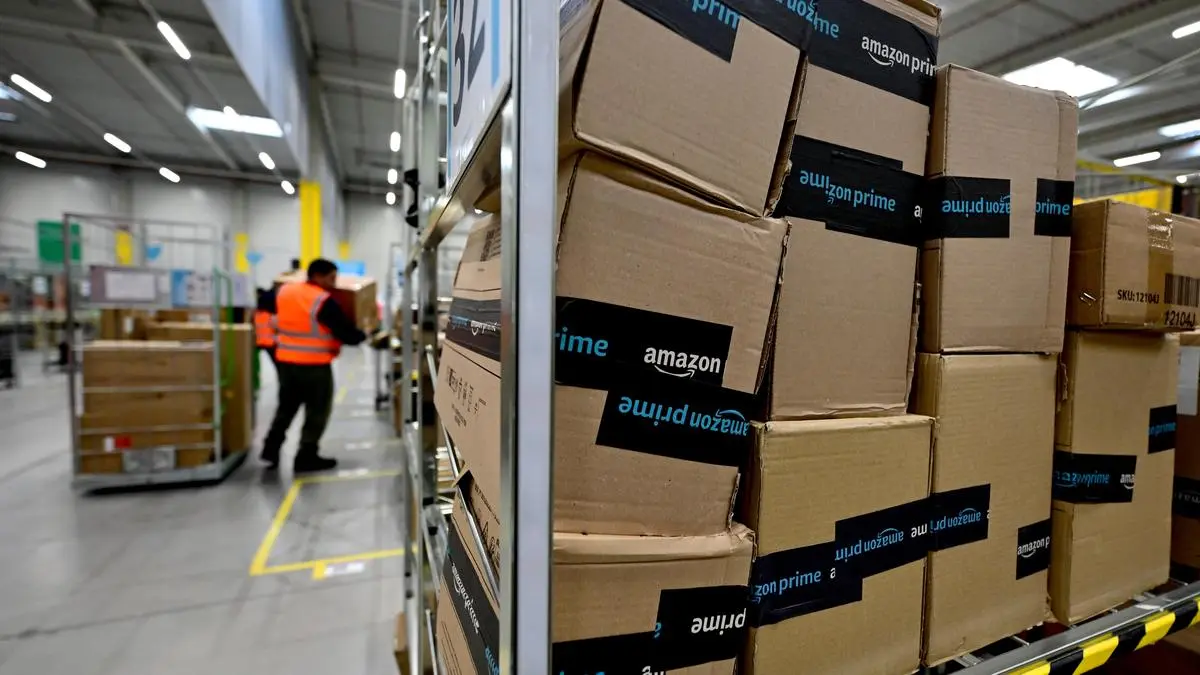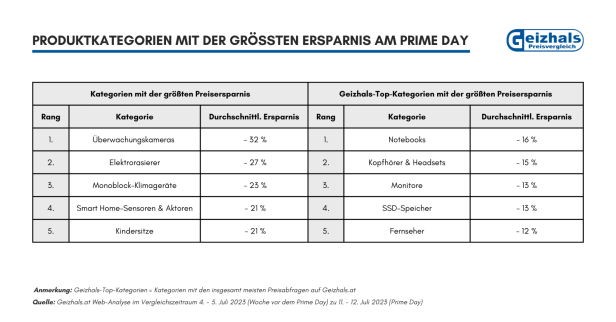The digital jackals are circling again. Amazon’s Prime Deal Days promise a feeding frenzy of savings, but what if I told you most of those “deals” are actually carefully constructed psychological traps designed to make you spend more?

The truth about Prime Days is uglier than an overpriced Fire Stick on a bad deal day. After digging through price histories, consumer reports, and legal analyses, it’s clear: Amazon has perfected the art of the manufactured bargain.
The Price Inflation Shell Game
Here’s how the scam works. Days before Prime Deal Days begin, Amazon systematically inflates prices on thousands of items. Then during the event, they “slash” those inflated prices back to what the products normally cost, or sometimes still higher than regular prices.
According to consumer protection experts, this practice isn’t just unethical, it’s potentially illegal under EU regulations that require discounts to be based on the lowest price in the previous 30 days. The problem? Enforcement is practically nonexistent, and Amazon knows it.
As one frustrated Redditor put it: “I have the Keepa plugin installed and see the price history clearly. Years ago, Prime Days had good offers. Now prices are often the same as days/weeks before, or even worse.”

The worst part? Amazon’s own products, Echo devices, Fire Sticks, Ring cameras, are often among the few genuinely discounted items. But even there, the savings are calculated to make you feel smart while they lock you deeper into their ecosystem.
The Blitzangebote (Flash Deals) Mindfuck
Nothing screams “buy now or regret forever” quite like Amazon’s Blitzangebote. These time-limited, quantity-limited deals are pure psychological warfare.
Elizabeth Barth from the Association for Consumer Information warns: “The scarcity of an offer easily leads to impulse purchases. But who can verify whether there are really only 3 or several hundred pieces in stock?”
The answer is: you can’t. These artificial scarcity tactics trigger your fear of missing out (FOMO), bypassing rational decision-making. Amazon has essentially weaponized basic human psychology against you.
The Membership Trap You’re Already Falling For
Here’s the cruelest irony: to access these “deals”, you need a Prime membership costing €8.99 monthly or €89.90 annually. Forget to cancel that free trial? You’ve just wiped out any savings from that “bargain” AirPods case.
As consumer expert Thorsten Behrens bluntly states: “If you forget to cancel the subscription, you end up paying more than if you had shopped elsewhere.”
Amazon even offers discounted rates for students and young adults between 18-22, but the principle remains the same: they’re betting you’ll forget to cancel, turning your deal hunting into a recurring revenue stream for them.
When Prime Days Actually Work (The Exceptions)
Despite the psychological manipulation, some categories do show real savings during Prime Deal Days. According to Geizhals data from previous events, the steepest discounts typically appear in:
- Surveillance cameras (-23%)
- Electric shavers (-23%)
- Monoblock air conditioners (-23%)
- Smart home sensors (-21%)
- Child car seats (-21%)

But here’s the catch: these are averages across thousands of products. Many items in these categories still show fake discounts or minimal savings. The only way to know for sure is to do your homework.
How to Fight Back and Actually Save
If you insist on participating in Prime Days, arm yourself with these tools:
-
Install Keepa or CamelCamelCamel: These browser extensions show price history directly on Amazon pages. No more guessing if that “50% off” is real.
-
Use Geizhals or Idealo: These Austrian price comparison sites track prices across retailers and show historical data. If Amazon’s “deal” price is higher than the 30-day average, skip it.
-
Set a 24-hour waiting period: See something you want? Add it to your cart but wait a full day before purchasing. Most impulse urges fade.
-
Check return policies immediately: Some electronics and hygiene products have different return windows. Know before you buy.
-
Share Prime accounts: If you must subscribe, split the cost with household members through Amazon’s sharing feature.
The Bottom Line
Prime Deal Days aren’t designed to save you money, they’re designed to make you feel like you’re saving money while spending more than you normally would. The entire event is a masterclass in behavioral economics, leveraging scarcity tactics, social proof, and cognitive biases to override your rational brain.
The real “deal” would be to skip Prime Days entirely, buy what you actually need when you actually need it, and comparison shop like your financial future depends on it, because it does.
Amazon’s not evil for trying to make money. They’re brilliant for building a system that makes you thank them while taking your money. The question is: are you smart enough to see through the illusion?



